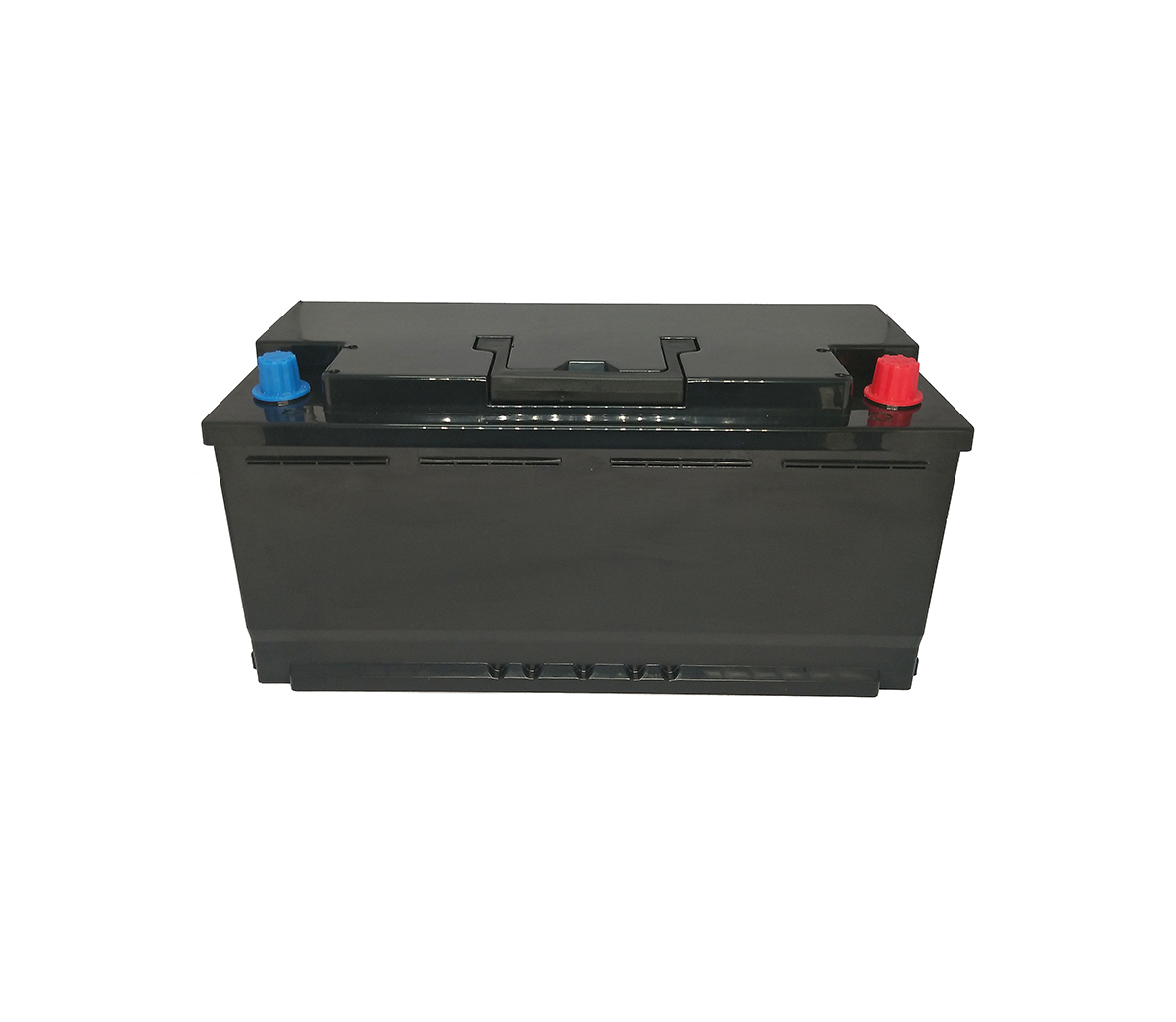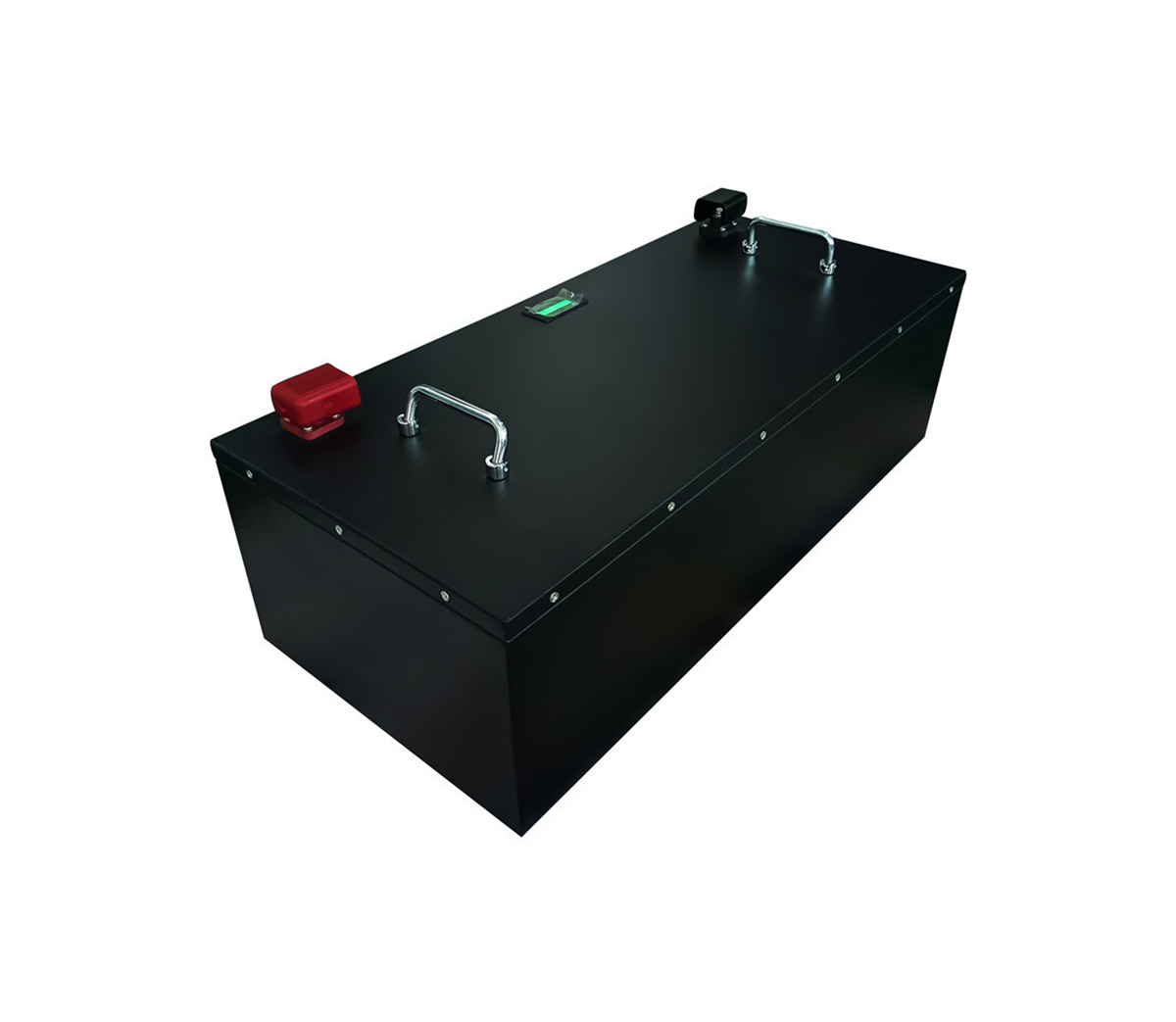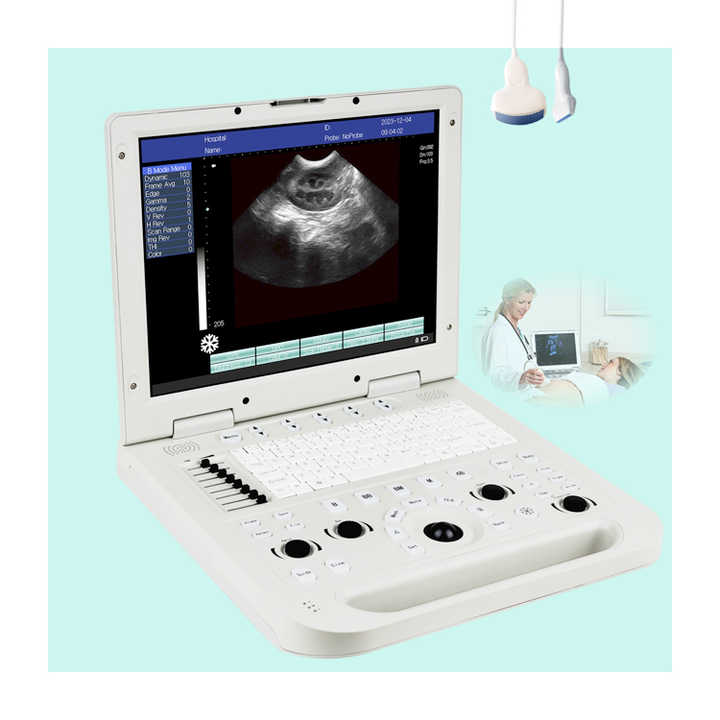
Lithium battery production process:
The first step--preparation of electrode slurry
is mainly to mix electrode active materials, binders, solvents, etc.
together, stir and disperse sufficiently to form a slurry.
The second step-coating
The slurry prepared in the first step is uniformly coated on the current
collector (aluminum foil or copper foil, etc.) with a specified thickness, and
the solvent is dried.
The third step-pole piece punching
Punch the pole piece produced in the previous step into the specified size
and shape.
The fourth step-stacking
Assemble the positive and negative plates and the separator together, and
form the pole core after the glue is applied.
Step 5-Assemble the soft pack battery
Put the pole core produced in the previous step into the aluminum-plastic
film that has been flushed, and complete the top seal, side seal, etc. (and
leave a mouth for injection) to form a soft pack battery without injection.
The sixth step-injection
Inject a specified amount of electrolyte into the soft-pack battery cell.
Of course, the battery cell needs to be baked, and the liquid injection
operation is carried out in a low humidity environment, too much moisture
content is not good.
Step 7-battery sealing
The gas inside the cell is drawn out and sealed in a vacuum
environment.
The production process of lithium batteries is relatively complicated. The
main production process flow mainly covers the stirring and coating stage of
electrode production (front stage), the winding and injection stage of battery
cell synthesis (middle stage), and the packaging inspection stage of chemical
packaging (back stage). The amount of value (purchasing amount) accounts for
approximately (35~40%): (30~35)%: (30~35)%. The difference mainly comes from the
different equipment suppliers, the difference in the ratio of imported/domestic
products, etc. The process flow is basically the same, and the proportion of
value is deviated, but the overall proportion is in line with this ratio.
The lithium battery equipment corresponding to the first process of lithium
battery production mainly includes vacuum mixer, coating machine, roller press,
etc.; the middle process mainly includes die cutting machine, winding machine,
stacker, liquid injection machine, etc.; the latter process includes forming
machine , Divided capacity testing equipment, process warehousing logistics
automation, etc. In addition, the production of battery packs also requires Pack
automation equipment.
The result of the front-end process of the lithium battery is to complete
the preparation of the positive and negative plates of the lithium battery. The
first step is stirring, that is, the positive and negative solid battery
materials are mixed uniformly and then the solvent is added, and the vacuum
mixer is stirred into a slurry. The mixing of ingredients is the basis for the
follow-up process of lithium battery, and the high-quality mixing is the basis
for the high-quality completion of the follow-up coating and rolling
process.
The coating and rolling process is followed by slitting, that is, the
slitting process is performed on the coating. If burrs are generated during the
slitting process, subsequent assembly, electrolyte injection and other
procedures, or even safety hazards during battery use, may occur. Therefore, the
front-end equipment in the lithium battery production process, such as mixers,
coating machines, roller presses, and slitting machines, are the core machines
for battery manufacturing. They are related to the quality of the entire
production line. Therefore, the value (amount) of the front-end equipment
accounts for the entire lithium battery. The proportion of automated production
lines is the highest, about 35%.
In the lithium battery manufacturing process, the middle process is mainly
to complete the forming of the battery. The main process flow includes film
making, pole piece winding, die cutting, cell winding forming and lamination
forming, etc., which is currently fiercely competitive by domestic equipment
manufacturers. One area accounts for about 30% of the value of lithium battery
production lines.
At present, there are two main manufacturing processes for power lithium
batteries: winding and lamination. The corresponding battery structures are
mainly cylindrical and square, and soft packs. Cylindrical and square batteries
are mainly produced by the winding process, while soft pack batteries are
produced. The lamination process is mainly used. Cylinders are mainly
represented by 18650 and 26650 (Tesla independently developed 21700 batteries
and are now being promoted throughout the industry). The difference between the
square and the soft package is that the outer shell is made of hard aluminum and
aluminum-plastic film. The soft package is mainly laminated. Mainly, the
aluminum shell is mainly wound.
The soft package structure is mainly oriented to the mid-to-high-end
digital market. The profit rate per unit product is higher. Under the same
production capacity, the relative profit is higher than that of aluminum shell
batteries. Because aluminum shell batteries are prone to scale effects, product
qualification rates and costs are easy to control, both currently have
considerable profits in their respective market areas, and it is difficult for
them to be completely replaced in the foreseeable future.
Since the winding process can achieve high-speed production of batteries
through the speed, and the speed that can be improved by the lamination
technology is limited, the current domestic power lithium battery mainly adopts
the winding process, so the shipment volume of the winding machine is currently
larger than that of the stack. Film machine.



































